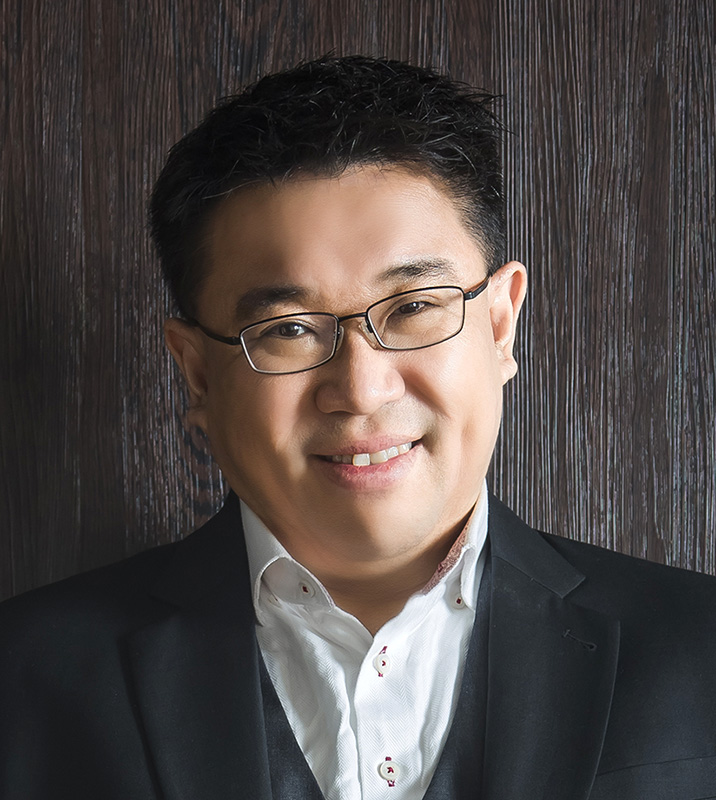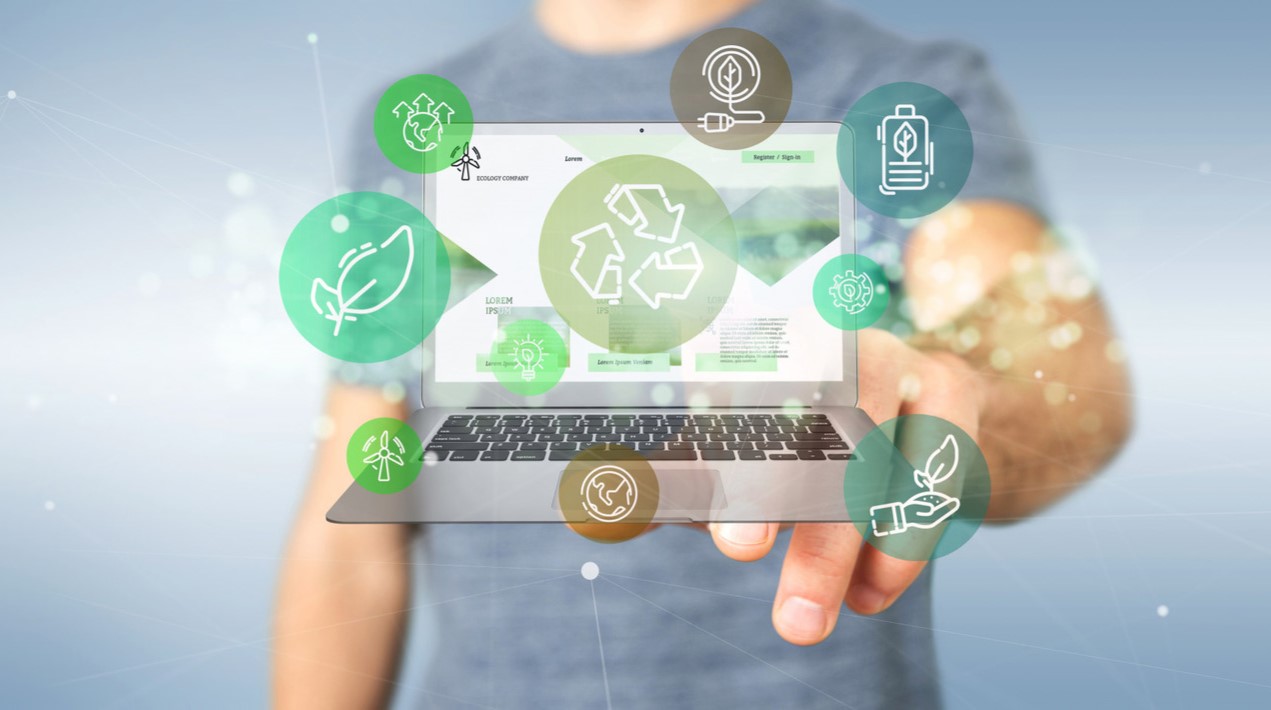
Digital transformation in governance is not new and has been laid out early on in many governance blueprints. A decade ago, digitalisation became an effective strategy and continues to amplify business frameworks and trigger economic stability in many markets today. In fact, notable achievements in government transactions have been recorded as far back as 2009, thanks to a shift to innovative digital methods.
While the term ‘digital technology’ may not have an exact definition, the term broadly encompasses technological advancement and its impacts on organisations. One of the goals of government agencies across the globe as information technology or IT gets more sophisticated, is to scale up procedures while decreasing costs.
Nonetheless, despite the plethora of benefits brought by technology, several key challenges continue to hinder digital transformation strategies. In a survey released in 2018, federal IT heads voiced concerns about security regarding the adoption of cloud technology. They also encountered difficulty in transferring legacy programmes to the cloud. Lack of skills in the workforce likewise constituted a major hurdle.
Necessity is the mother of invention, says the adage. In less than a year, the world saw the COVID-19 pandemic reshaping the digital landscape and accelerating digital transformation. The onslaught of the pandemic put governments on their toes to adjust their operational models and adapt rapidly to an innovative ‘remote everything’ mindset.
Pre-pandemic, the shift was meant to be gradual and incorporate standard change-management timelines. The reality today is that governments are trying to complete their digital journey, not within the coming years, but in months.
For this to happen, cloud computing and data sharing are necessary and irreplaceable lynchpins. The scope expansion and speed needed to serve and meet the demands of their citizens in the new normal can only be done by strategies that rest solidly on these two pillars.
To get a deeper insight on cloud technology and its adoption by government organisations during the pandemic, OpenGov Asia spoke with top executives of cloud tech giants Microsoft and SUSE for an in-depth interview.

Restrictions due to COVID-19 resulted in disruptions that fuelled the need for cloud technologies to ensure operational continuity. Sherie Ng, General Manager for Public Sector in the Asia Pacific at Microsoft, confirmed that digital technology is at its height with organisations accelerating their digital transformation in the last couple of months. This is particularly the case in public healthcare but is also being witnessed in other government sectors.
The pandemic accelerated the need for the digitalisation of public services for operational and business continuity. Governments needed to urgently cultivate a growth mindset, alongside efforts to ramp up relief operations and recover the economic landscape. The good news is that many governments have partnered with the company to move into the cloud platform.
In fact, in countries like Singapore, a billion-dollar increase in IT spending has been recorded. Similarly, government leaders in Malaysia, Thailand and the Philippines have been vocal about the need for e-government that is heavily backed by cloud solutions.
To allow rapid uptake and migration, Sherie explained that experts at Microsoft have deployed cloud solutions in different arenas to help governments transform their processes and services. One such area is ‘e-citizen services’, which deals with the tracking of critical resources and contact tracing for clients in the healthcare industry.
Microsoft has so far supported agencies in this area through a holistic and secure platform that enables businesses to configure patient profiles and incorporate them into the entire value chain. They have also organised envisioning workshops that help customers digitise current operational processes and transform their customer experience.
Sherie added that in healthcare, it isn’t just about adopting Microsoft Azure, but a re-evaluation of the entire digital infrastructure to ensure the organisation is able to manage the current crisis and become resilient to future incidents.
Sherie detailed the intricacies of cloud economics, quashing the misconception that upgrading to the cloud would have a massive impact on expenses. In fact, organisations save more from the flexibility provided by cloud technologies like Microsoft Azure. Organisations can optimise costs by seamlessly moving their existing on-prem investments, whether open-source software or proprietary, by leveraging a hybrid cloud model.
Sherie likened the concept of cloud economics to governments going up a ladder as improvements in the cloud are recorded. The cost decreases as agencies go up this ladder. The key is to think big but start small. The secret is not going all out at the outset but incremental investments in infrastructure as the needs of the organisation grow.
The most important thing, Sherie indicated, is for every business to have a paradigm shift in organisational perspective. Leaders must be stewards of innovation, with employees re-skilled and re-trained. Governments must also empower the next generation with the digital skills needed for a resilient economic future.
To address trust, security and confidentiality, Sherie added that Microsoft believes in the timeless value of privacy and preserves the ability for customers to control their data. She shared three areas that are paramount to boosting confidentiality.
- Compliance – Microsoft respects local laws and regulations and meeting compliance obligations in a dynamic regulatory environment is complex. Consulting a team of legal experts to oversee compliance is one of the methods used by the company to help businesses navigate this ever-changing landscape.
- Agility is essential – what started as a slow transition toward digital transformation pre-pandemic is now marked with speed, flexibility and adaptivity.
- Scale – although governments have proven that they can initiate a whole value chain of operations management in a few months, there must be a correlative obligation on governments to ramp up operations to scale responsibly and in line with sustainable development goals.
Studies have also shown that the transition to Microsoft Azure has resulted in 93% better energy efficiency, all thanks to a much-needed shift to automation and cloud tech.

According to Ng Hak Beng, Sales Engineer Manager, Asia at SUSE, COVID-19 is one of the major triggers for governments to fast-track their investments in cloud technology. However, this journey continues to be marred by challenges.
One of these issues is apprehension due to data security. To address this, Hak Beng stressed that some government agencies have taken the initiative in teaming up with expert public cloud service providers. He cited the current situation in Singapore, where agencies have banked on secure cloud infrastructure to streamline their transactions.
While Hak Beng admitted that issues on confidentiality may linger and that it may take a while before people change and trust the system, he emphasised that technology is gradually evolving into a hybrid cloud environment that can help address issues on confidential data.
There is now a marked improvement in the time it takes for applications to be developed. Application development used to take years when done through traditional application design methodologies. Today, native cloud programmes have enabled faster turnaround time.
The same is true in terms of scalability. Governments with large populations face scalability issues. The challenge has been addressed by cloud-native apps which are designed primarily to scale as demand increases.
In terms of costs, Hak Beng agreed with the points raised by Sherie. He dispelled the common notion that cloud technology will put a big dent in capital expenditure. The opposite, he said, is true. Cloud systems decrease operational costs because they adapt quickly to changes in the work environment. New features can be dropped and added at little to no extra cost.
This is especially true for clients of SUSE, who are reaping the benefits of using open source software for free and pay only for charges when the need arises. Hak Beng shared the advantages of open cloud technology through SUSE’s acquisition of Rancher Labs earlier this year. With this type of system, products are developed collaboratively. This makes open source technology applicable to a wide variety of industries, including the public sector.
Simplify, modernise and accelerate. Hak Beng added that this motto resonates as SUSE strives to lend a helping hand to governments who wish to simplify existing infrastructure while achieving agility and scalability to meet increasing demands.
To further explain, Hak Beng proposed that government entities consider shifting to Platform as a Service (PaaS). Agencies can dispatch non-core company functions to cloud service providers, allowing agencies to prioritise their core services. Software as a Service (SaaS) further boosts this agility by outsourcing software operation and maintenance.
OpenGov Asia also had the opportunity to get more insights from SUSE on deterring cyber threats. As cybercrime continues to take on new and more sophisticated forms, governments have become adamant about shifting to innovative operational solutions.
For SUSE, which has been at the fore of the cyber frontlines, the answer is simple. Organisations must embrace artificial intelligence which can help in detecting potential cyber threats. Additionally, security products that can scan software source codes for malware-installing multi-cloud programmes can help prevent critical cyberattacks.
When it comes to confidentiality concerns, cloud experts at SUSE believe a hybrid cloud model can assist in allaying these doubts. Under this system, data can be stored safely in one location while other applications can be stored in another cloud infrastructure. This way, the confidentiality of data can be preserved while allowing greater flexibility of services.
The enlightening conversation concluded with both SUSE and Microsoft strongly reaffirming the benefits of shifting to cloud technology in terms of agility, scalability, and flexibility. With the pandemic far from over, for now, the journey of governments across the world toward digitalisation must continue aggressively. The role of cloud service providers, then, remains critical to improving public service and sustaining economic growth.
















